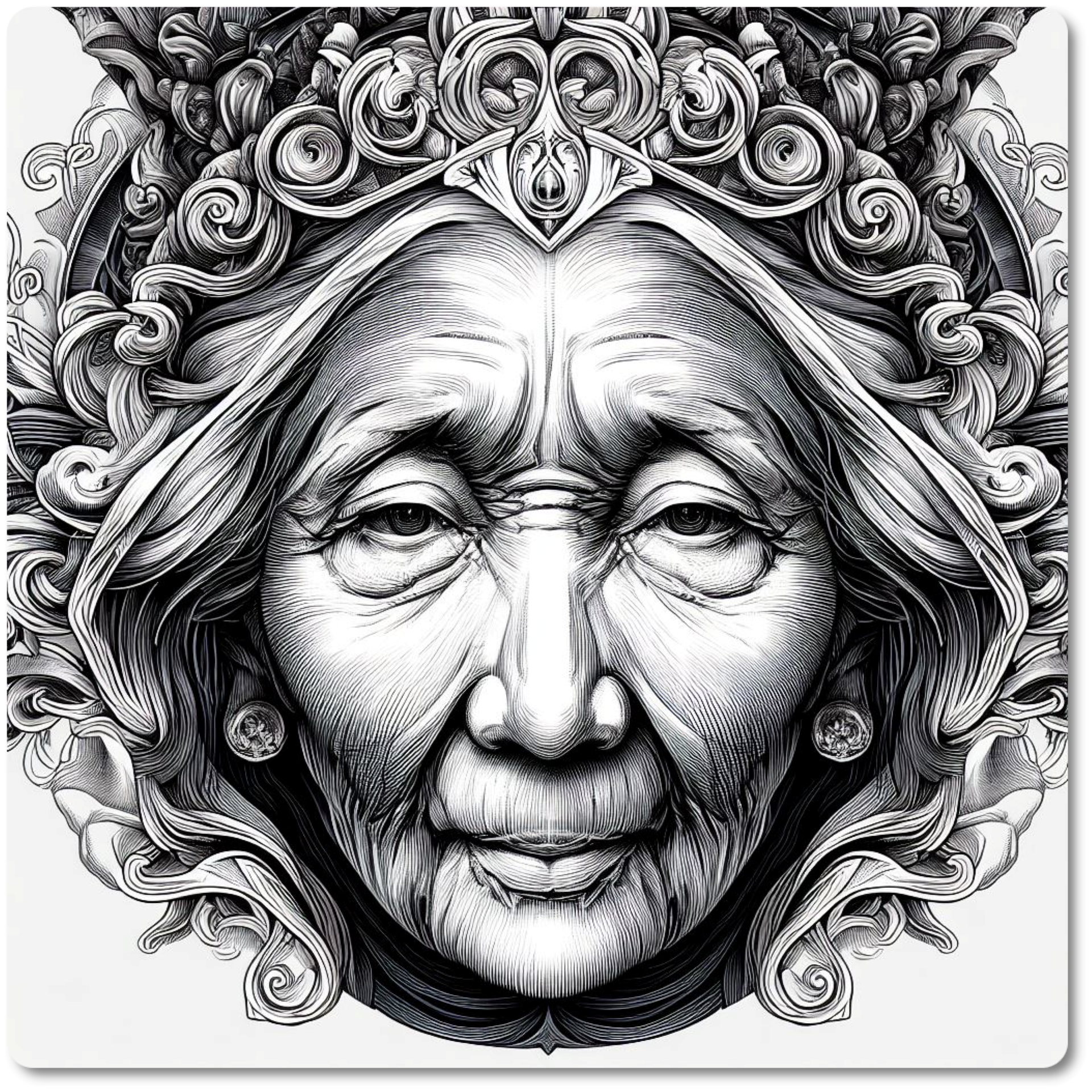It’s been a journey of 73 years. Sometimes it has been a sprint, other times it has been a marathon. Now it’s a slow walk. usually with two canes. If I live long enough it will be wheelchair and electric scooter time. When that time comes, I’ll change the title.
Which brings us to the point of this post; who or what is the Goddess?
In my mind (I freely admit that She may be a bit of undigested gruel) She is the one that a reader of Christian/Jewish/Islamic/Buddhist/Sikh/Hindu sacred scriptures might recognize as the Goddess of Mercy, Mother Mary, The Divine Feminine, Lady Wisdom or a host of other names.
I see her as an old wise woman of Asian(?) ancestry. She embodies wisdom, compassion, power and humor.

The bottom line is that when I walk with her, listen and learn from her and ask her to guide me along my path, I do better.
I’m neither a saint nor a prophet. I’m just an old man. So, if I was reading this post or any other post found within this blog I’d read it with a large pinch of salt nearby.
Brian
